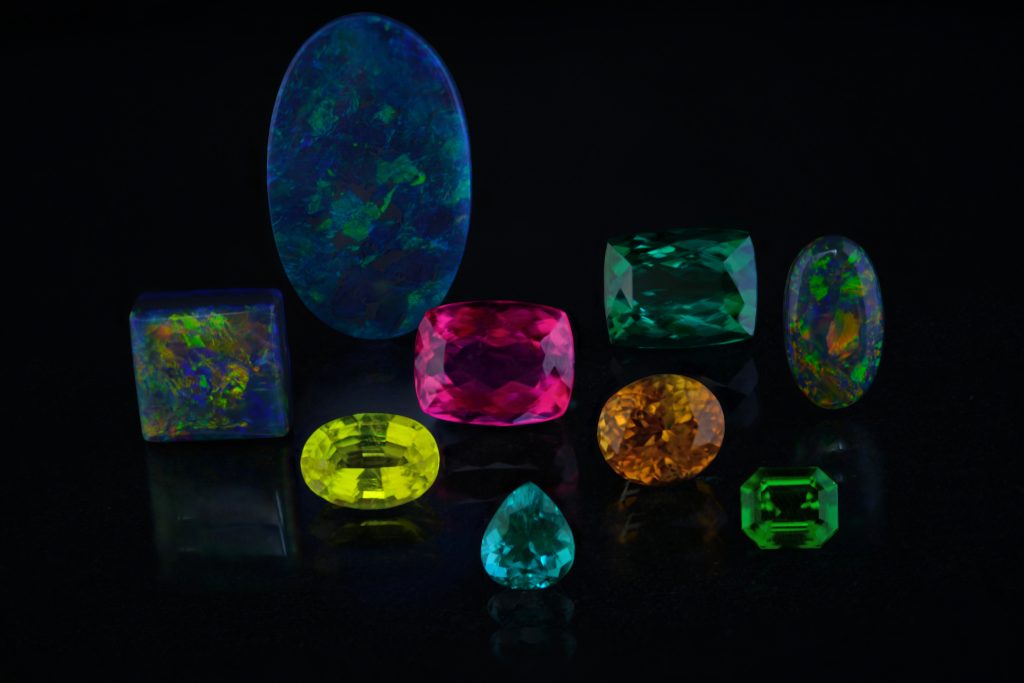
Celebrating October’s Birthstones
Opal and Tourmaline give jewelers the opportunity to play with color in countless and unique ways. What makes them both truly remarkable is that Tourmaline and Opal are found in almost every color of our visible spectrum, from colorless to yellow, orange, pink, red, green, teal, blue, purple, violet, brown, gray, black and many more vivid and phenomenal colors
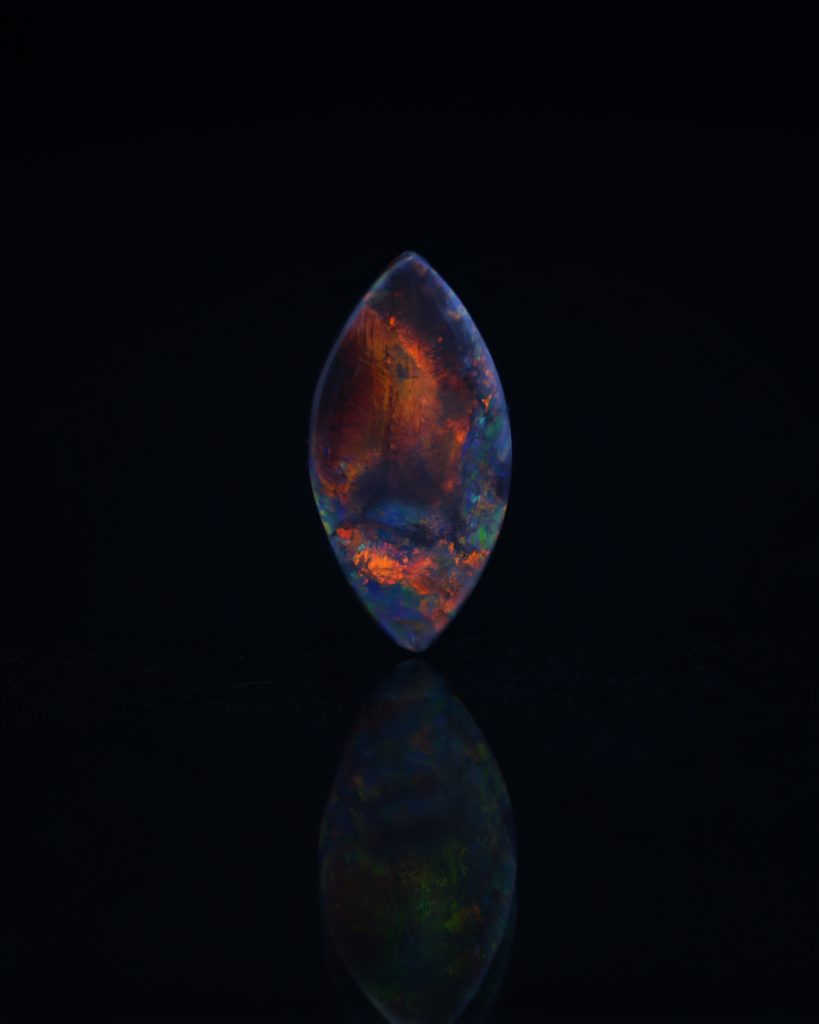
Black opal in Lightning Ridge, Australia, formed millions of years ago after a shallow inland sea evaporated, leaving behind a compact structure of silica-rich spheres in small voids and crevices, and often replacing other organic substances that, over time, hardened into opals. Opal’s play-of-color is a result of light being split into the various spectral colors as it is forced to reflect and refract within the spaces between the spheres. Red colors are the result of smaller and more compact spheres, while the blue end is a result of larger silica spheres
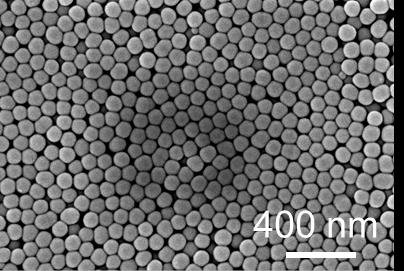
Opal has been discovered in martian meteorites and mineral deposits which appear to be opal have been found on the red planet by the Mars Reconnaissance Orbiter. Because the formation of opal is so closely tied to water, these and other discoveries suggest that frozen water could be found on Mars
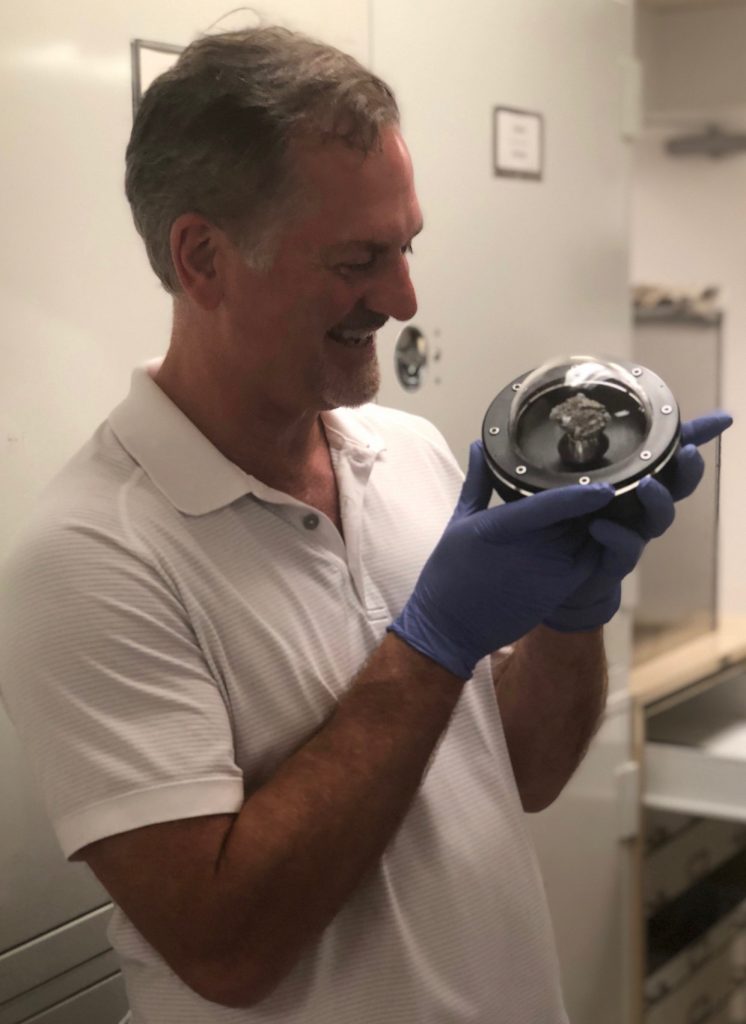
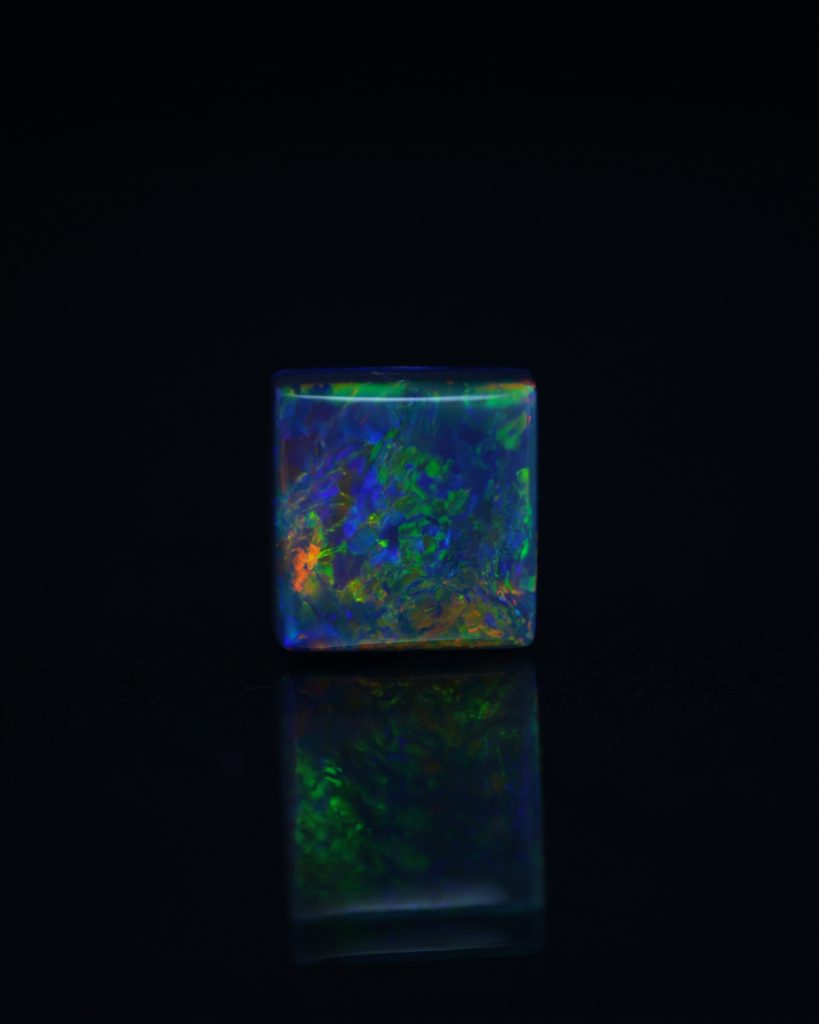
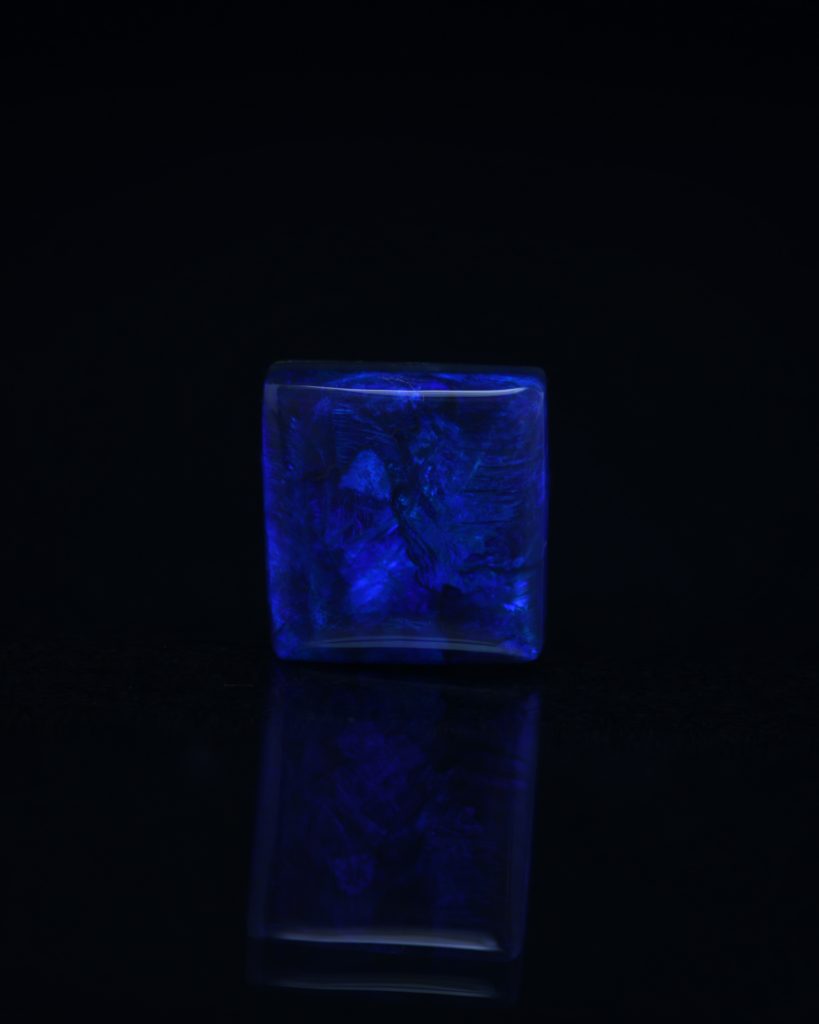
95% of opals are mined in Australia, though it can also be found in locales such as Brazil, Mexico and Ethiopia. Highly sought-after black opal, containing trace elements of iron oxide and carbon, is mined in Lightning Ridge, New South Wales, Australia
The presence of opals in Australia is so great that Aboriginal people from across the continent tell many legends of its origin. One such tale describes the Creator traveling to Earth along the path of a rainbow to bring a message of peace. The moment His foot reaches the ground, His footsteps are hardened into a rainbow stone, and opal is born
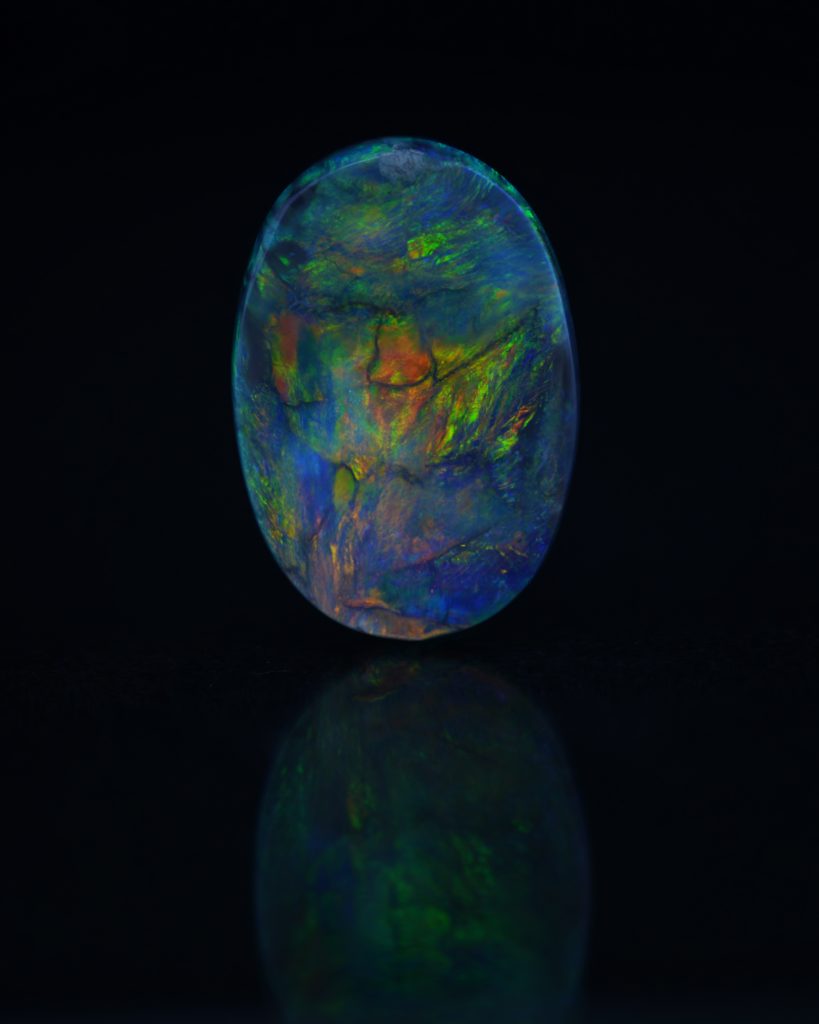
The origin of the word Opal is uncertain, but it likely comes from either the Sanskrit word Upala, meaning “valuable stone”, the Greek word Opallios, meaning “to see a change of color” or the Roman word Opalus, meaning “precious stone”
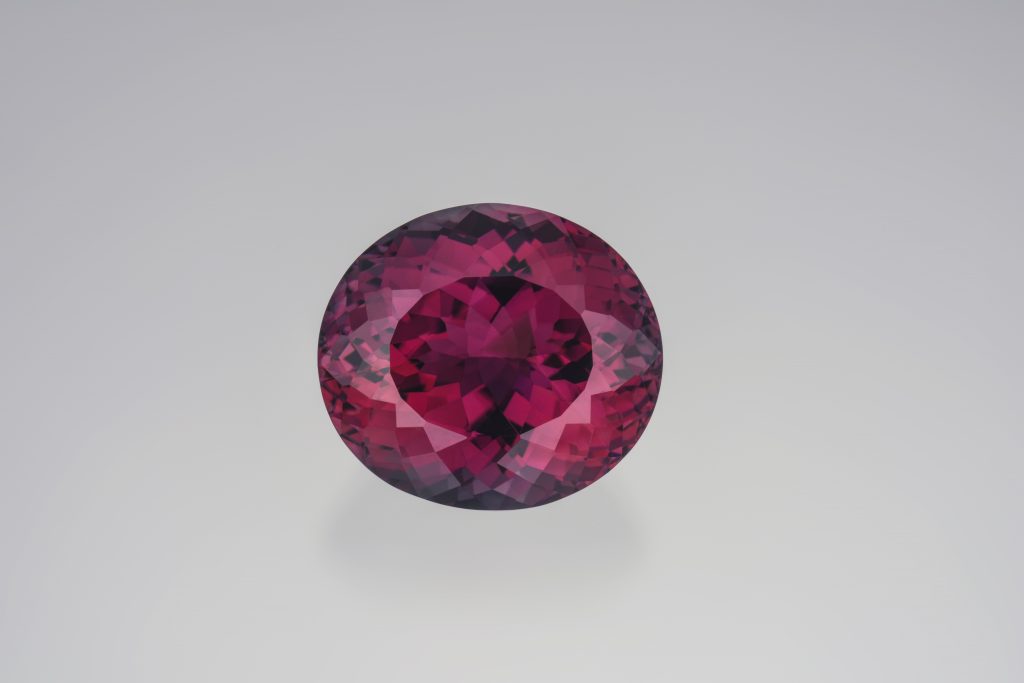
Named in honor of Mr. Richard T. Liddicoat, former president of GIA
Photo by R. Weldon, RareSource Private Collection
Although it was introduced to Europeans in the 1700’s, Tourmaline was mistaken for other stones for centuries before finally being recognized as a separate gem. In ancient Egyptian lore, tourmaline voyaged from the center of the Earth towards the sun, absorbing the colors of the rainbow along which it traveled
Tourmaline is known as the Muse’s stone, and is said to assist in the creative flow of artists across many mediums
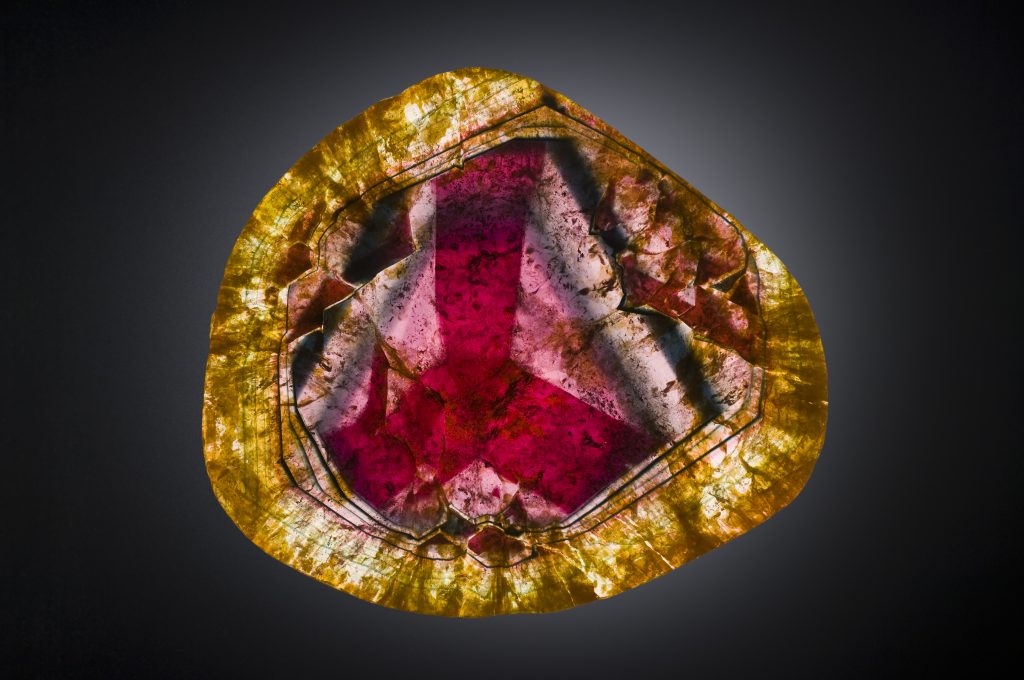
Photo by J. Scovil, RareSource Private Collection
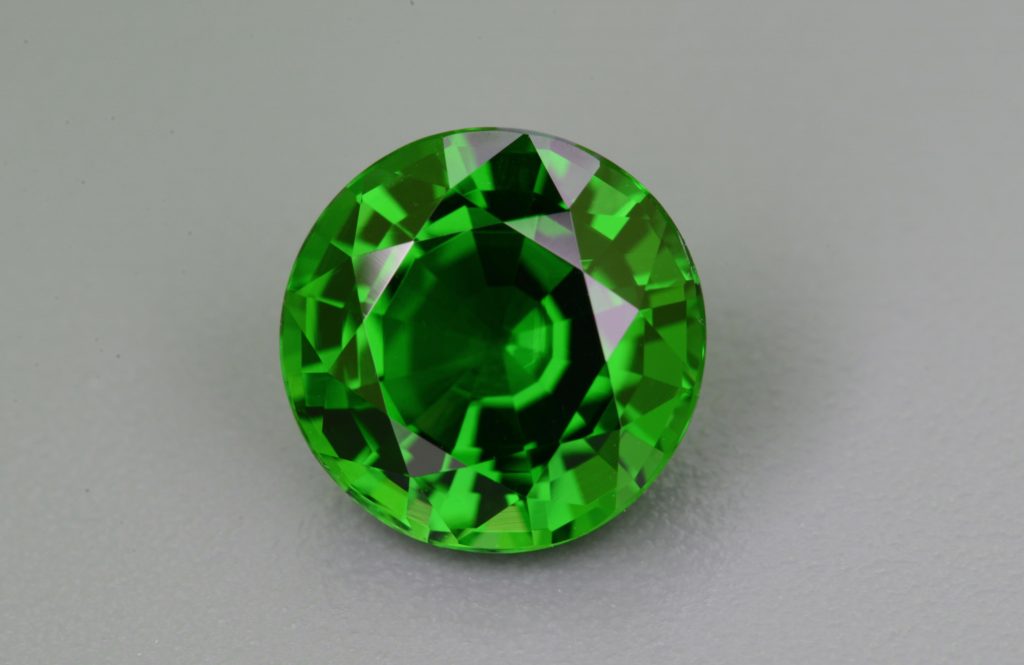
Tourmaline contains pyro-electric properties. The Dutch discovered tourmaline’s ability to attract dust and ash when heated (causing polarization). The long, slender crystals were used to clean their meerschaum pipes by drawing out the ashes
Today this property, creating strong polarity, is used in hair styling tools
Tourmalines also have a piezoelectric effect that was first applied in underwater sonar systems and ultrasound technology
during the second world war

The Cruzeiro Mine has been commercially operational since the 1940’s when the US mined mica there during WWII for electronic components. Since the 1950’s, it has produced fine quality rubellite, indicolite, bi-color and emerald green tourmalines
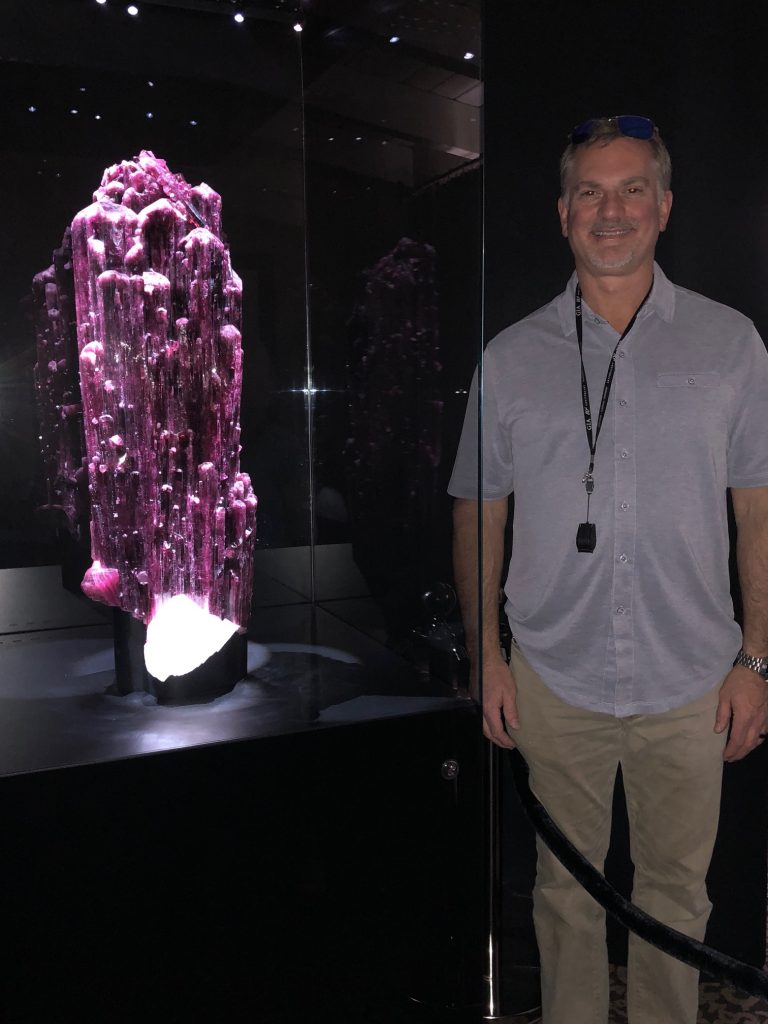
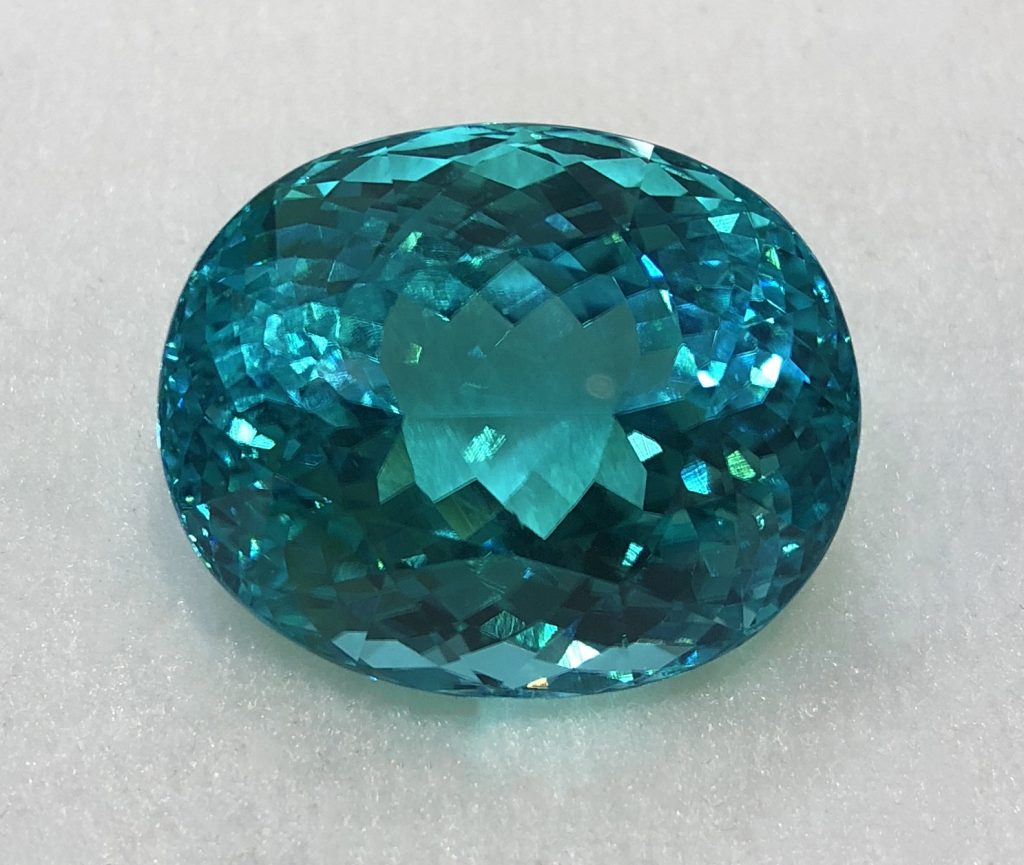
This 61ct Cuprian “Paraiba-type” Tourmaline is one of the largest to have ever been cut. It’s country of origin is known by those who mined, cut, and brokered its first transaction to an international gem merchant. However, determining its geographic origin can be difficult if that information doesn’t pass on to the next gem merchant, new cutter, jewelry designer, jewelry manufacturer, or retailer.
This particular gem has two laboratory reports with differing opinions about its country-of-origin; one stating that it is from Mozambique and the other stating that it is from Nigeria and a “Classic” example of that locality
Gemological Laboratories that issue country-of-origin reports are at a disadvantage because they do not have first-hand reliable knowledge of where the original gem crystal or rough was found. They are, however, with the aid of extremely well-trained gemologists coupled with specialized and advanced testing equipment, able to provide a relatively accurate opinion of where or at least within what type of geological formation a particular gem may have originated. Adding to the complexity of this challenge is that many gems, as well as diamonds, are often found in secondary eluvial deposits, meaning that they were deposited close to where they formed but in heavily altered host rock or in alluvial deposits where they have been transported by ancient rivers and streams to placers up to hundreds of miles away from where they originally formed. In the case of diamonds, all are formed within the Earth’s upper mantle at a depth of 100km or more below the surface of the earth and transported by kimberlitic magmatic intrusives through the Earth’s crust where we can discover them for our adornment and technological use
Tourmaline ranges dramatically in demand and value, and the most desired are Paraiba tourmalines from Batalha, Rio Grande do Norte and Minas Gerais in Brazil. A relative newcomer in the gemstone world, these brilliant blue and green elbaite tourmalines were discovered in the late 1980’s. Because of their scarcity and electric colors, caused by trace amounts of copper and manganese, they are now one of the most coveted gemstones in the world. Digital Ledgers like blockchain would provide a much more accurate and reliable method of passing vital information about a particular gem downstream, which would also make it easier for Gemological laboratories to provide more confident and consistent origin determinations
